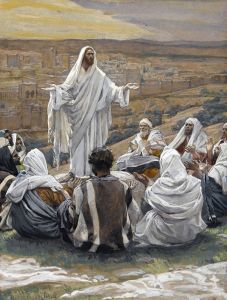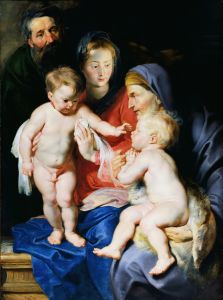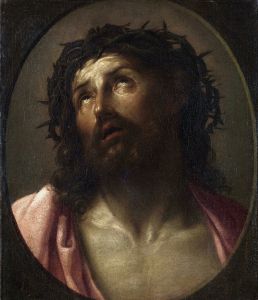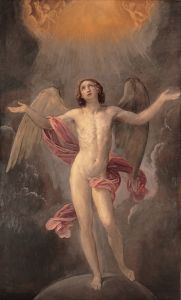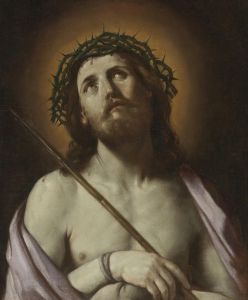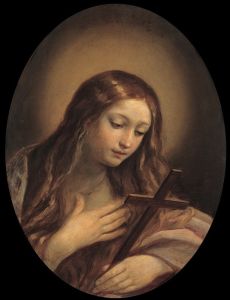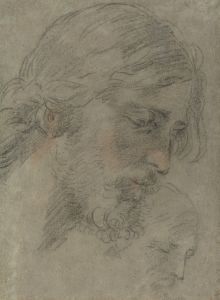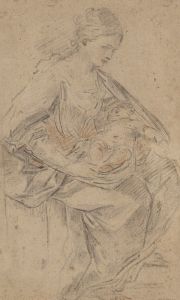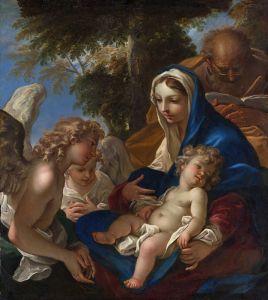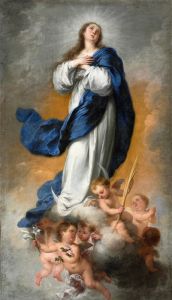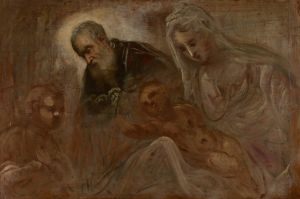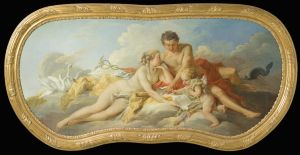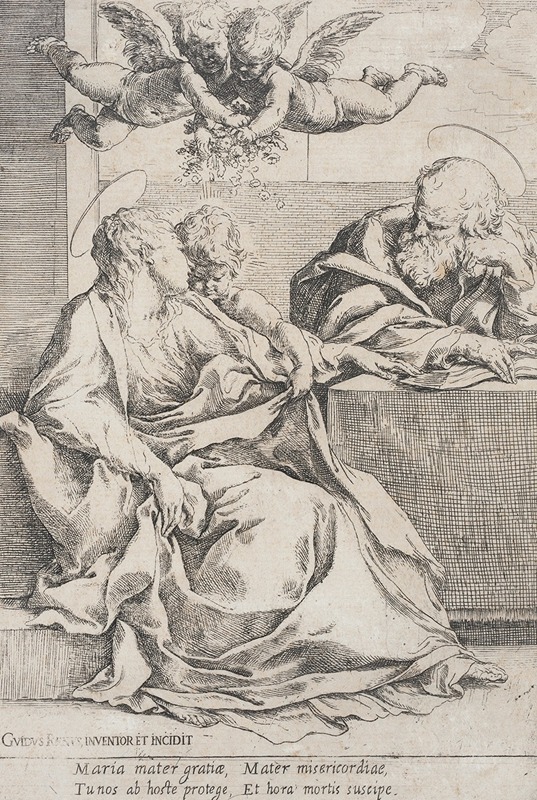
The Holy Family with Two Angels
A hand-painted replica of Guido Reni’s masterpiece The Holy Family with Two Angels, meticulously crafted by professional artists to capture the true essence of the original. Each piece is created with museum-quality canvas and rare mineral pigments, carefully painted by experienced artists with delicate brushstrokes and rich, layered colors to perfectly recreate the texture of the original artwork. Unlike machine-printed reproductions, this hand-painted version brings the painting to life, infused with the artist’s emotions and skill in every stroke. Whether for personal collection or home decoration, it instantly elevates the artistic atmosphere of any space.
"The Holy Family with Two Angels" is a painting by the renowned Italian Baroque artist Guido Reni. Reni, born in Bologna in 1575, was a prominent figure in the 17th-century art scene, known for his graceful and refined style that often depicted religious and mythological subjects. His works are characterized by their delicate use of color, elegant compositions, and a serene, idealized beauty that reflects the influence of classical antiquity and the High Renaissance.
This particular painting, "The Holy Family with Two Angels," exemplifies Reni's mastery in portraying religious themes with a sense of divine grace and human tenderness. The composition typically features the Virgin Mary, Saint Joseph, and the Christ Child, accompanied by two angels. The inclusion of angels is a common motif in Reni's work, symbolizing the divine presence and the celestial nature of the Holy Family.
Reni's depiction of the Holy Family is marked by a harmonious balance and a gentle interplay of figures. The Virgin Mary is often shown with a serene and contemplative expression, embodying purity and maternal affection. Saint Joseph, a figure sometimes less emphasized in earlier art, is given a more prominent role in Reni's compositions, reflecting the Baroque interest in humanizing religious figures and exploring their emotional depth.
The angels in the painting serve not only as divine messengers but also as symbols of the heavenly realm's connection to the earthly scene. Their presence enhances the spiritual atmosphere of the painting, inviting viewers to contemplate the sacred mystery of the Incarnation. Reni's angels are typically depicted with youthful, idealized features, embodying innocence and grace.
Reni's use of light and color in "The Holy Family with Two Angels" is particularly noteworthy. He employs a soft, diffused light that bathes the figures in a gentle glow, creating a sense of tranquility and otherworldliness. The color palette is often subdued yet rich, with harmonious tones that enhance the painting's overall sense of unity and balance.
Throughout his career, Guido Reni was celebrated for his ability to convey complex theological themes with clarity and emotional resonance. His works were highly sought after by patrons across Europe, and he enjoyed considerable fame and success during his lifetime. "The Holy Family with Two Angels" is a testament to Reni's skill in blending the spiritual and the human, capturing the essence of the Baroque era's artistic ideals.
Today, Reni's paintings, including "The Holy Family with Two Angels," are held in high regard and can be found in major art collections and museums around the world. They continue to be studied and admired for their technical excellence and their ability to evoke a profound sense of beauty and devotion.





